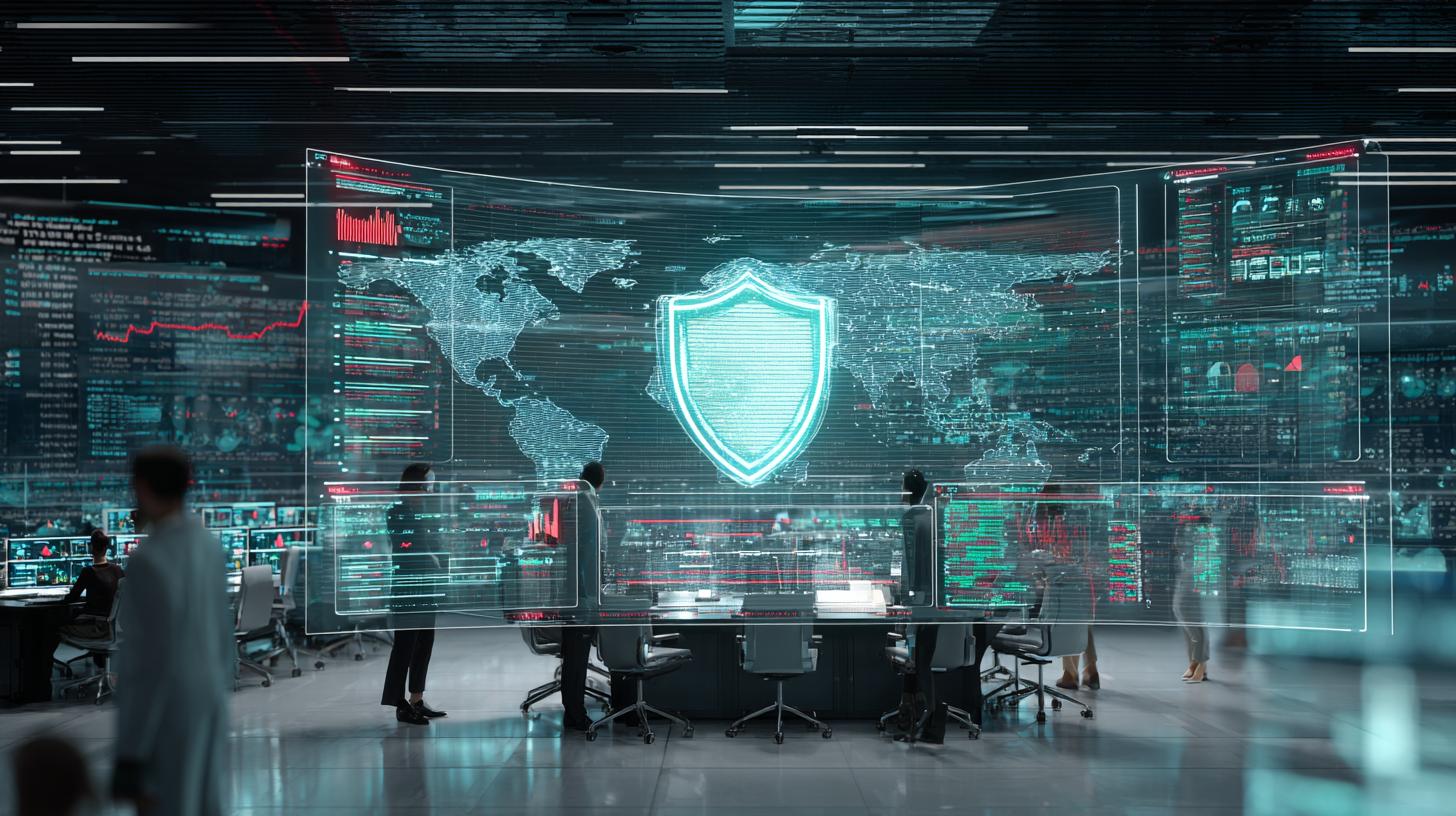Exploring the Hyperliquid Security Audit Results: Insights You Can’t Miss
The rapidly evolving world of decentralized finance demands robust safeguards, and the hyperliquid security audit results have become a focal point for developers, investors, and community members alike. This comprehensive assessment provides critical insights into the layers of protection surrounding the Hyperliquid protocol, identifying strengths and potential vulnerabilities. By delving into the audit outcomes, stakeholders can make informed decisions about risk management and platform reliability. In this article, we unpack the key findings from the audit report, highlight actionable recommendations, and explore how these results impact the broader DeFi ecosystem. Whether you are a seasoned crypto enthusiast or new to decentralized applications, understanding these audit conclusions will empower you with knowledge and confidence. Join us as we break down every aspect of the Hyperliquid audit and reveal what this means for your interactions with the protocol. Throughout this deep dive, we’ll maintain a clear and accessible approach, ensuring that both technical and non-technical readers come away informed.
Overview of Hyperliquid and Security Audit Importance
Hyperliquid stands at the forefront of advanced DeFi trading solutions, offering unparalleled liquidity mechanisms and user-centric features. Before integrating any protocol, rigorous security review is critical to safeguard assets and maintain trust within the community. A formal security audit acts like a detailed health check, revealing hidden flaws and providing a roadmap for system hardening. The hyperliquid security audit results shed light on the underlying code integrity, governance structures, and potential attack vectors. Understanding these outcomes empowers developers to implement timely patches and investors to evaluate platform credibility. Ultimately, this transparent audit process fosters a stronger ecosystem by demonstrating a commitment to continuous improvement and resilience.
Why Security Audits Matter for DeFi Platforms
DeFi protocols operate in an environment where billions of dollars are at stake and every line of code can have significant financial implications. Regular security audits offer a systematic review of smart contracts, governance models, and infrastructure, catching issues before they become exploits. These assessments bolster investor confidence by demonstrating a proactive stance on risk management and transparency. Audit reports also serve as educational tools for developers, highlighting best practices and areas for skill improvement. In the context of hyperliquid security audit results, this independent evaluation underscores the project’s dedication to upholding industry-leading standards. By prioritizing comprehensive review processes, protocols can reduce the likelihood of critical breaches and safeguard community assets.
Key Highlights of the Hyperliquid Security Audit Results
The recently published audit findings reveal a mix of robust defenses and actionable recommendations that set the stage for continuous enhancement. Overall, the Hyperliquid protocol demonstrates strong adherence to best practices in smart contract architecture, modular design, and encryption protocols. Auditors identified several minor issues related to access control logic and event emission clarity, which the development team has already addressed with patches. Notably, the review praised the innovative use of multi-signature governance and real-time monitoring integrations. These security measures significantly reduce single points of failure and increase the barrier for potential attackers. By taking a transparent approach to sharing the full audit report, Hyperliquid fosters trust and invites community feedback for future iterations.
Key Strengths Identified
During the hyperliquid security audit, the assessment highlighted several standout strengths that position the protocol as a leader in secure DeFi solutions. First, the modular smart contract framework allows individual components to be updated without compromising the entire system, enhancing flexibility and maintainability. Second, the integration of automated testing suites and fuzzing tools ensures rapid detection of edge-case vulnerabilities. Third, the governance mechanism incorporates multi-party approval thresholds, distributing authority and mitigating centralization risks. Finally, the deployment of on-chain monitoring dashboards provides real-time visibility into protocol performance and suspicious activities. Collectively, these features demonstrate a mature approach to security and operational excellence.
Reported Vulnerabilities and Their Mitigations
Although the audit uncovered no critical-level flaws, it did flag a handful of priority-two issues requiring prompt remediation. One such finding involved potential timestamp manipulation in the fee-distribution module, which was resolved by tightening the oracle update thresholds. Another concern related to event emission ordering, which could lead to temporary discrepancies in user interfaces; developers addressed this by standardizing event handlers. The auditors also recommended enhancing documentation for complex contract interactions to reduce integration errors by third-party applications. In response, the Hyperliquid team released updated developer guides and code comments to clarify these workflows. By swiftly implementing these fixes, the protocol exemplifies a robust vulnerability response protocol and further fortifies its infrastructure.
Actionable Tips to Leverage Audit Insights
Drawing from the hyperliquid security audit results, you can strengthen your project’s defenses and streamline your security workflows. Start by formalizing internal code review protocols that parallel third-party audit practices, prioritizing critical smart contract modules and keeping dependencies up-to-date. Integrate automated security tools such as static analyzers, fuzz testers, and vulnerability scanners directly into your CI/CD pipelines to detect issues before they reach production. Foster an open dialogue with your community and development partners by sharing preliminary findings, gathering feedback, and refining your approach. Lastly, update your incident response plans based on the audit’s lessons learned to ensure swift and effective resolution of any future anomalies. These proactive measures will ingrain a culture of continuous security improvement across your organization.
- Conduct Regular Internal Code Reviews
- Integrate Continuous Security Testing
- Engage Community Collaboration
- Revise Incident Response Plans
- Enhance Documentation and Training
Real-World Impact: Hyperliquid in Action
After integrating the recommendations from the hyperliquid security audit results, the protocol has already witnessed improved stability and increased user trust. Transaction throughput has remained consistent even during peak trading sessions, thanks to optimized gas management and load balancing strategies. Community engagement has surged as stakeholders appreciate the transparent communication around audit undertakings and follow-up patches. Moreover, other DeFi projects have started to adopt similar governance patterns and monitoring frameworks inspired by Hyperliquid’s approach. This ripple effect underlines the broader industry impact, showcasing how thorough security assessments can foster healthier, more resilient ecosystems. Ultimately, the audit-driven enhancements position Hyperliquid for sustainable growth and long-term success.
Common Challenges and How to Overcome Them
Implementing security audit recommendations can sometimes introduce operational complexities, especially when retrofitting legacy code bases or juggling tight release schedules. To navigate these hurdles, teams should prioritize findings based on risk categorization and business impact, tackling critical items first. Establishing a cross-functional task force that includes engineers, risk managers, and project leads ensures alignment and efficient execution of mitigation plans. Regular checkpoints and progress reporting maintain visibility and accountability, preventing issues from stagnating in limbo. When revisions affect smart contract interfaces, coordinate with external integrators well in advance to minimize disruption. By adopting a structured workflow inspired by the hyperliquid security audit results, organizations can turn challenges into strategic advantages.
Next Steps for Your Project
Now that you have an in-depth understanding of the hyperliquid security audit results and their broader implications, it’s time to apply these insights to your own DeFi initiatives. Start by downloading the full audit report and mapping its findings to your code repositories, prioritizing high-impact modules for immediate review. Incorporate continuous security testing into your development lifecycle to detect anomalies before they reach production. Consider establishing partnerships with reputable auditors who can provide fresh perspectives and validate your architecture. Finally, join developer communities and forums to share best practices and stay updated on emerging threats and mitigation techniques. Taking these proactive steps today will fortify your protocol, cultivate user confidence, and set the stage for scalable, secure growth.
Ready to Strengthen Your DeFi Security?
If you’re inspired by the hyperliquid security audit results and eager to elevate your project’s defense posture, start planning your next security review today. Contact our team for a personalized consultation and discover how you can implement cutting-edge audit methodologies tailored to your platform’s needs. Embrace a culture of continuous improvement, and watch your DeFi solution thrive with enhanced resilience and community trust. Your journey towards impeccable security begins now—let’s secure the future of decentralized finance together!





